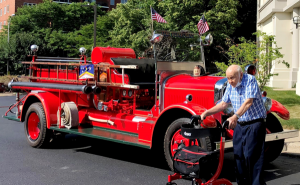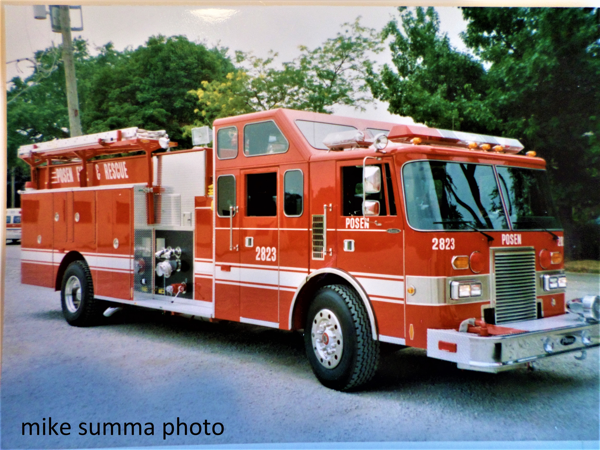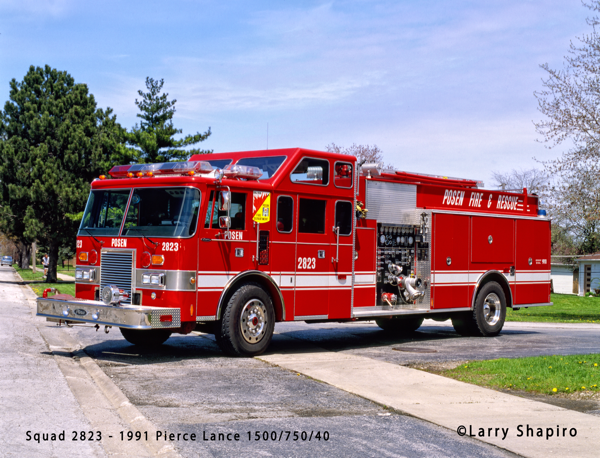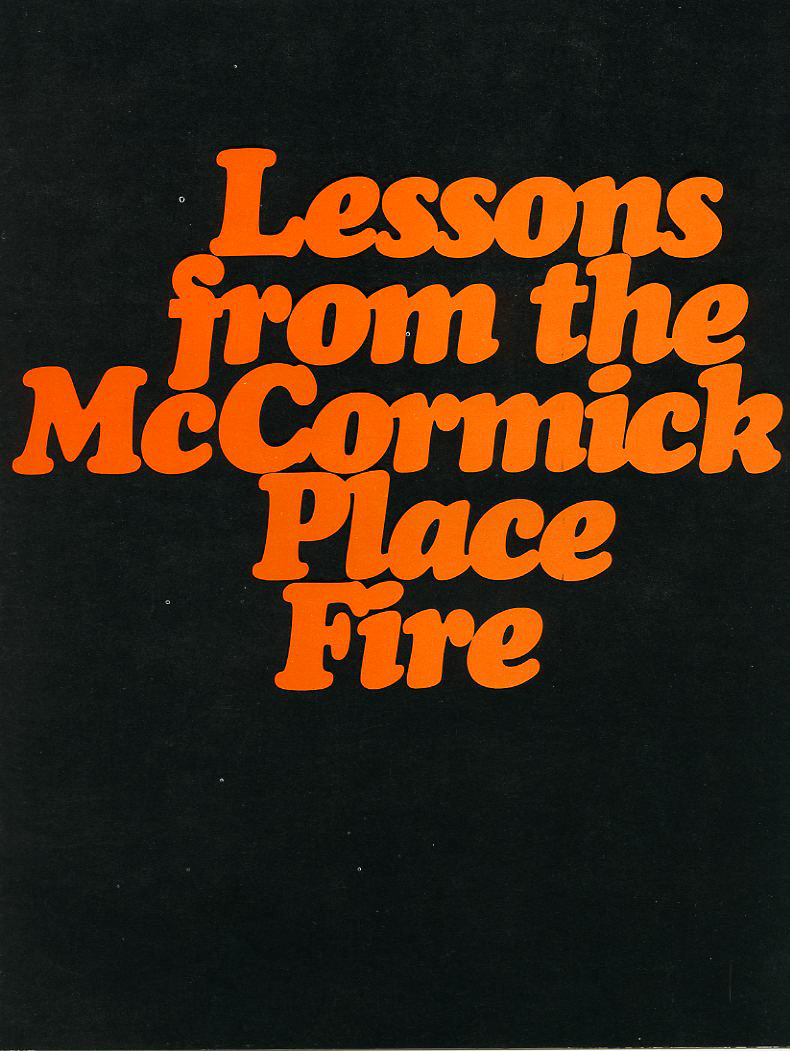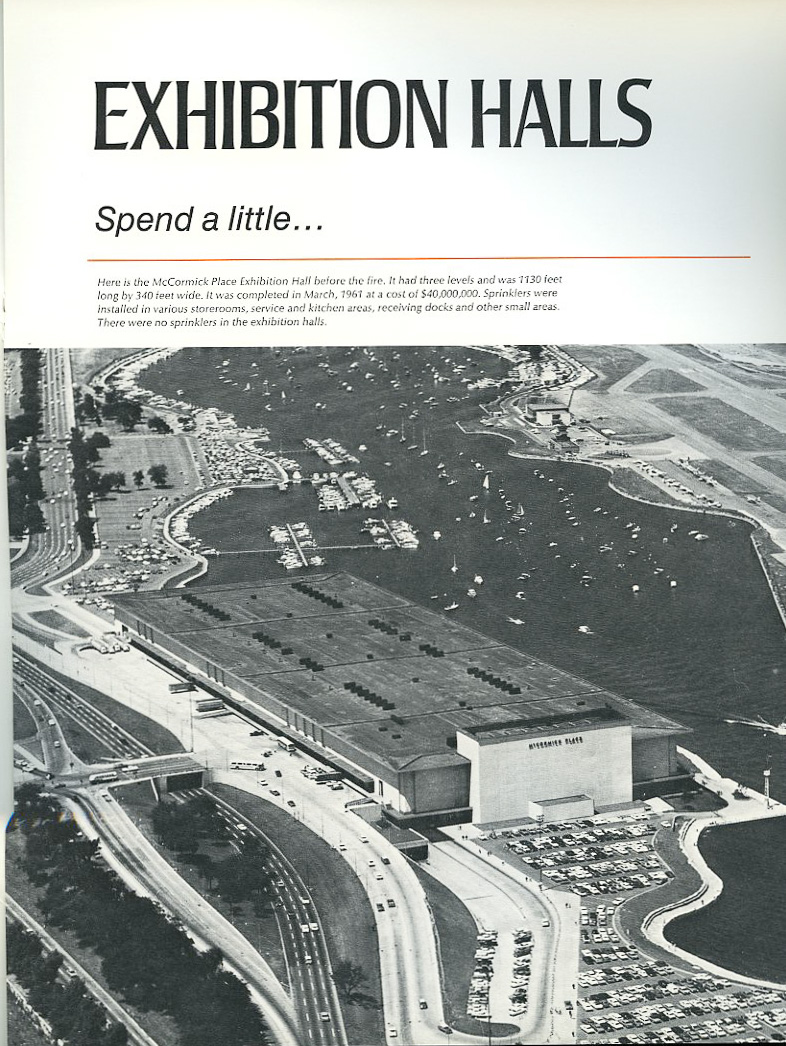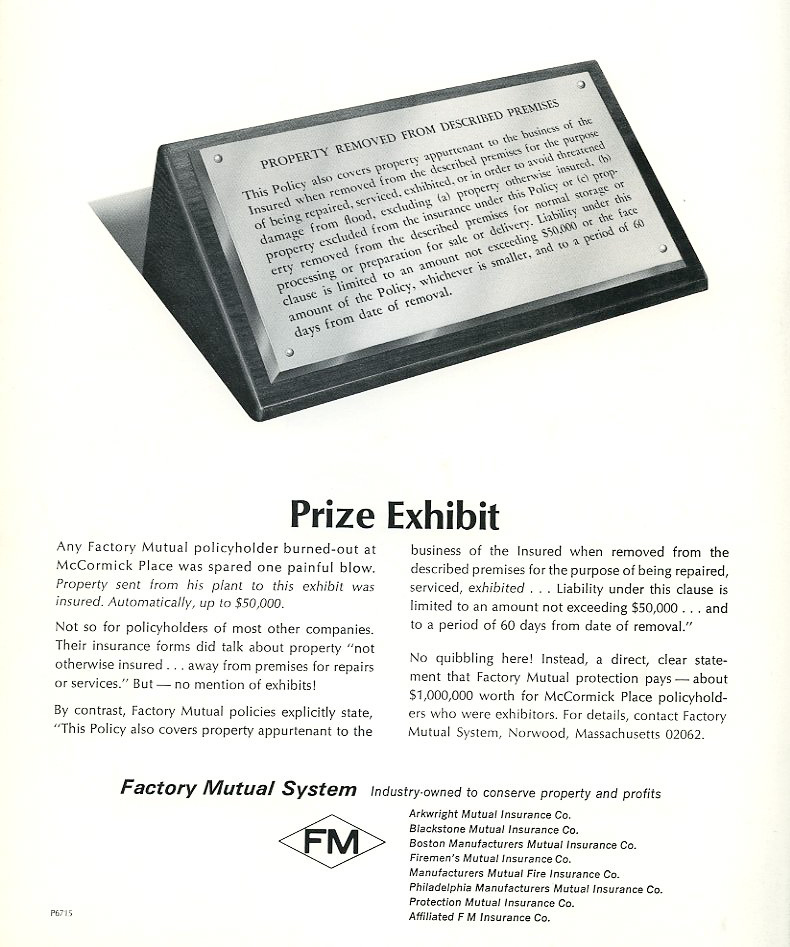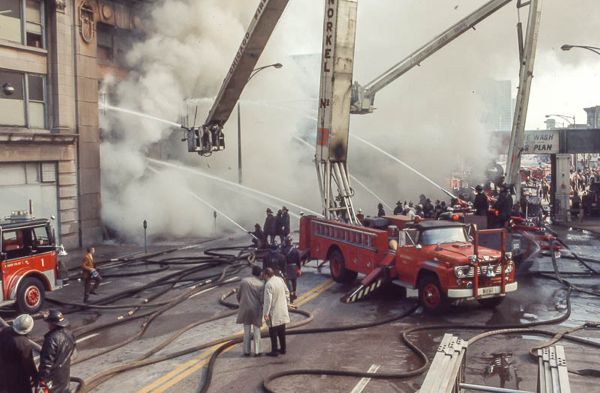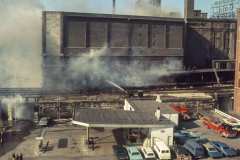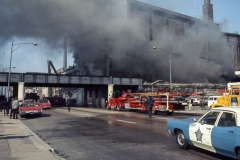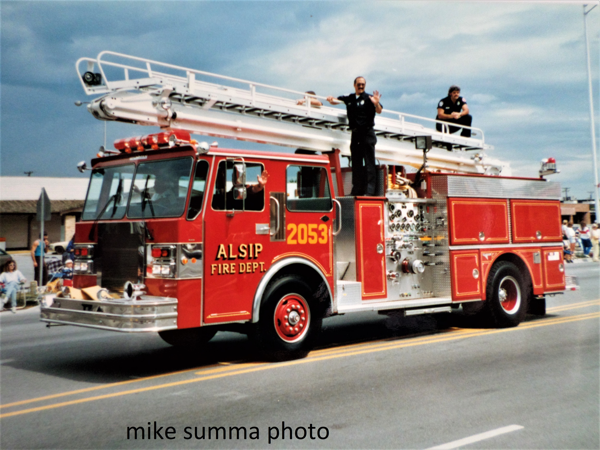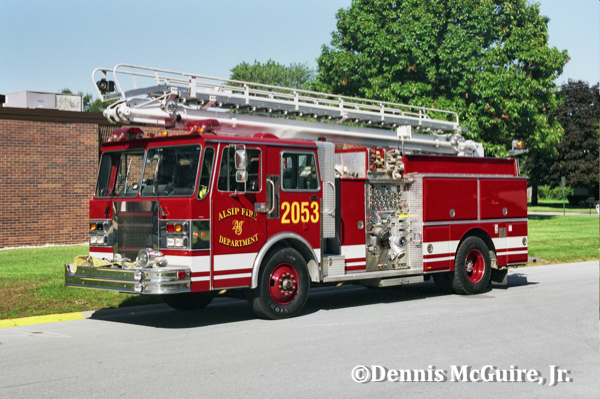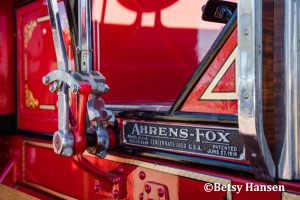Excerpts from the Journal-topics.com:
In nearly 50 years of reminiscing about his hometown of Park Ridge with fellow members of the Park Ridge Historical Society, a favorite topic for Ralph R. Bishop was his adventures with the Lil’ Pirsch fire truck, first bought by the city in 1921.
His father, Ralph E. Bishop, was fire chief when the city bought the pumper, built by Nash. The original chassis turns 100 this year, but by 1932 the department decided it needed to be rebuilt to replace the hard tires and wooden spokes on the wheels, and double the water tank capacity from 250 gallons to 500 gallons. The makeover, by Peter Pirsch & Sons, based in Kenosha, WI, gave it a new name, the Lil’ Pirsch, and an official age based on the 1932 parts.
Ralph and his brother Emmett grew up in a fire department family so he learned to help care for it, to drive it, and to nurse it through fires when service stations were few and far between. He also repaired Model T. Fords.
Eventually, when the Pirsch was ready to retire from active fire service, it was sold to the Drake Funeral Home. People still saw it in local parades, and Bishop often was asked to drive it.
Park Ridge Historical Society photo
Drake eventually moved it to Memphis, TN. He had offered to sell it to Bishop at the time, but Bishop had had no place to keep it. He tried later to buy it, but the price went up. It ended up owned by the Memphis Fire Department, on display in their museum.
The Park Ridge Historical Society wondered whether Memphis would be willing to sell the pumper back to Park Ridge. For eight years, society archivist Brian Lazzaro and Bishop worked to prove it was the same truck. Bishop still had paperwork to identify the truck including part numbers and photos.
They finally persuaded Memphis to sell the truck to the Historical Society. The purchase price was $20,000, and there will be an estimated $5,000 to $10,000 in restoration repairs to get it running.
Lazzaro and his son drove down last year to bring it back to Illinois on a flatbed truck. One of their first stops when they got back was to visit Des Plaines, where Ralph and his wife Ramona had recently relocated from Park Ridge. Ralph came out with his walker, wearing his mask and a smile on his face. The Pirsch arrived with a Park Ridge flag pinned on the side. It was a nice present for his 93rd birthday.
The Bishops donated a lot of memorabilia to the historical society and the fire department archive including a diary of the pumper’s first year in service.
COVID health restrictions over the 2020 summer shut down most public fundraisers and limited access to the Park Ridge History Center. Despite that stumbling block, the Historical Society has raised about $10,000 online from members, friends, and local businesses at www.parkridgefiretruck.com. Memorials can be designated on the list. Help is still needed. Donations also can be mailed to the PRHS by mail to: 721 N. Prospect Ave., Park Ridge, IL 60068.

